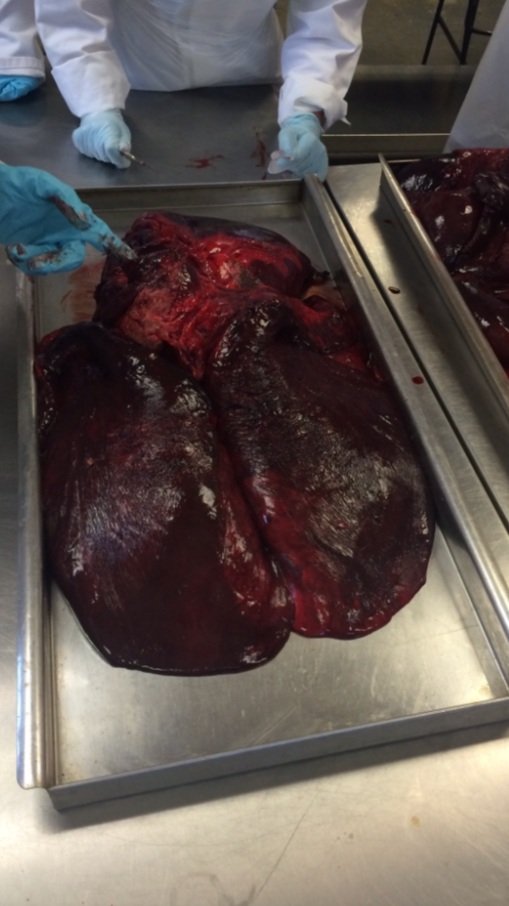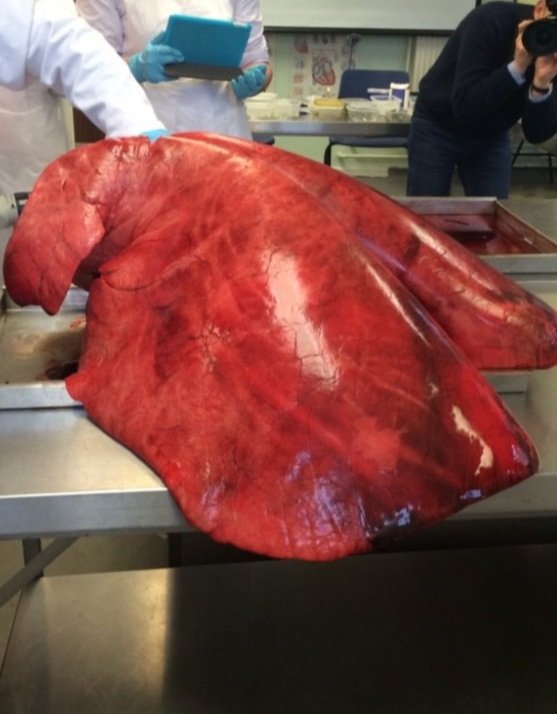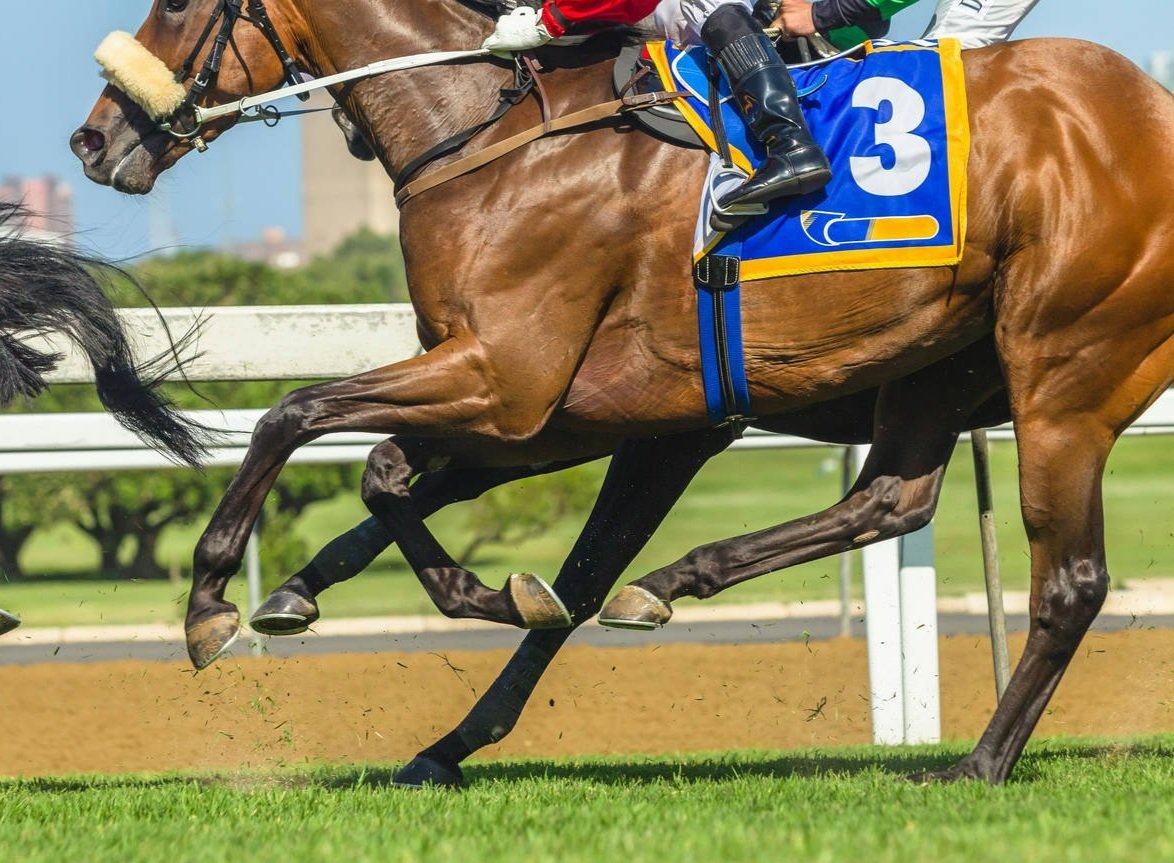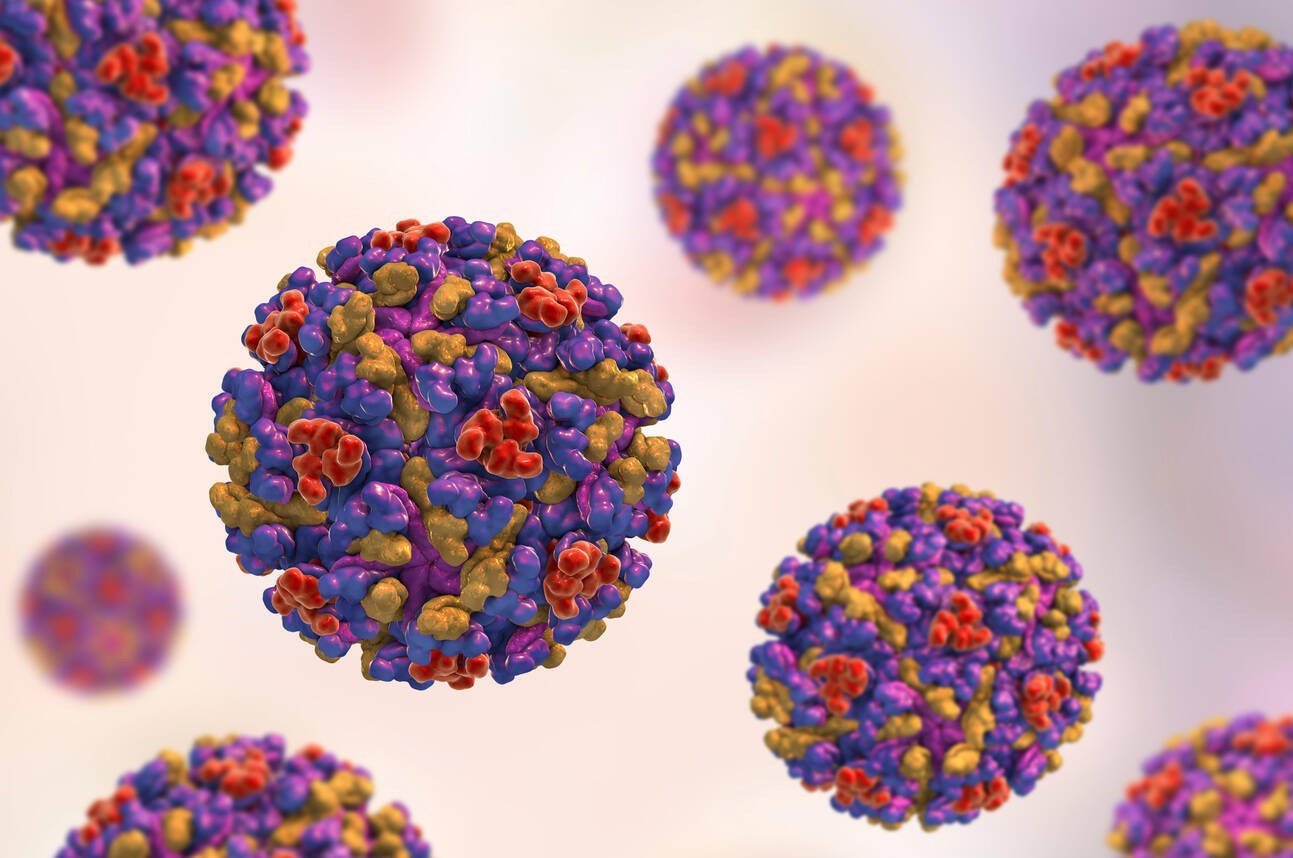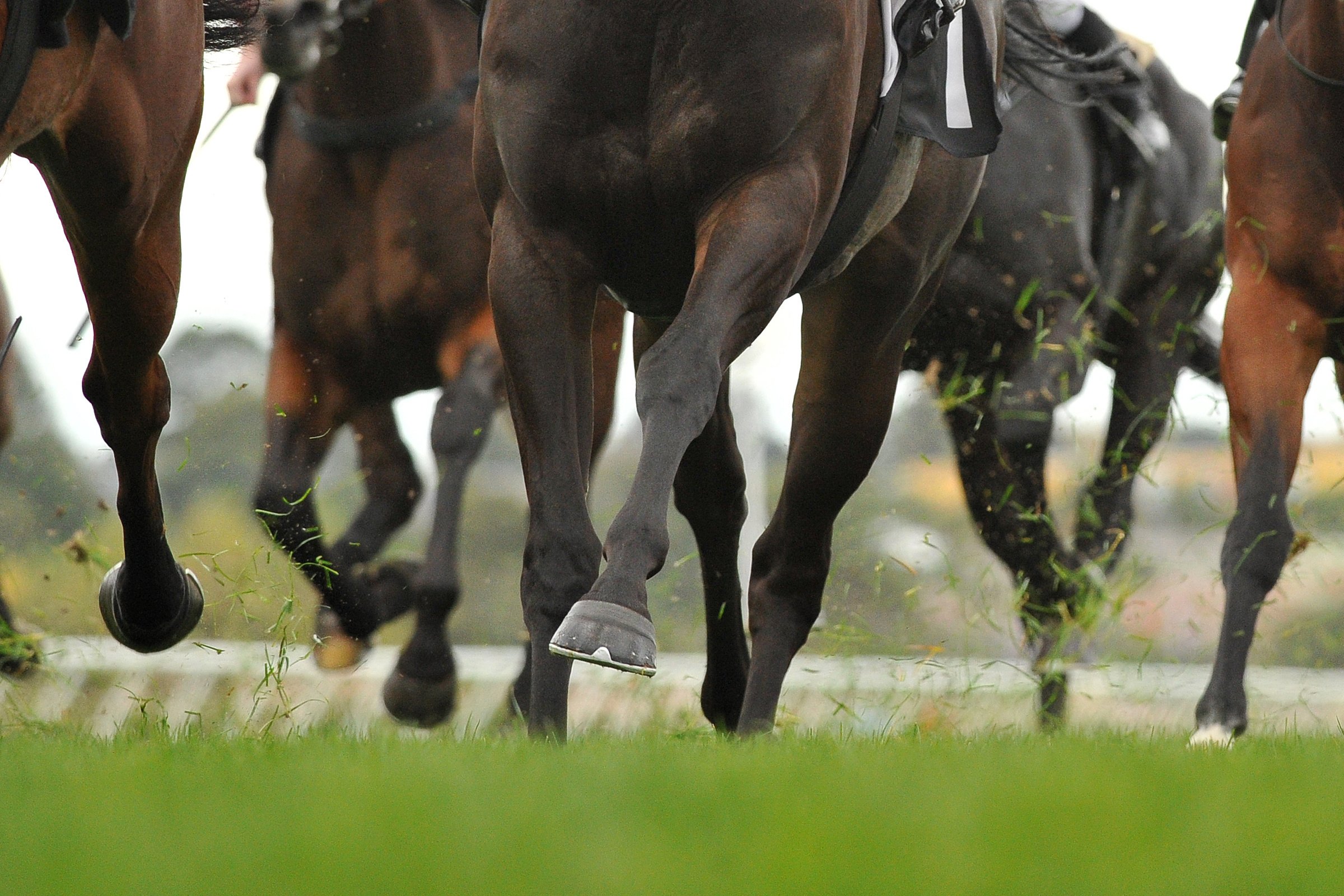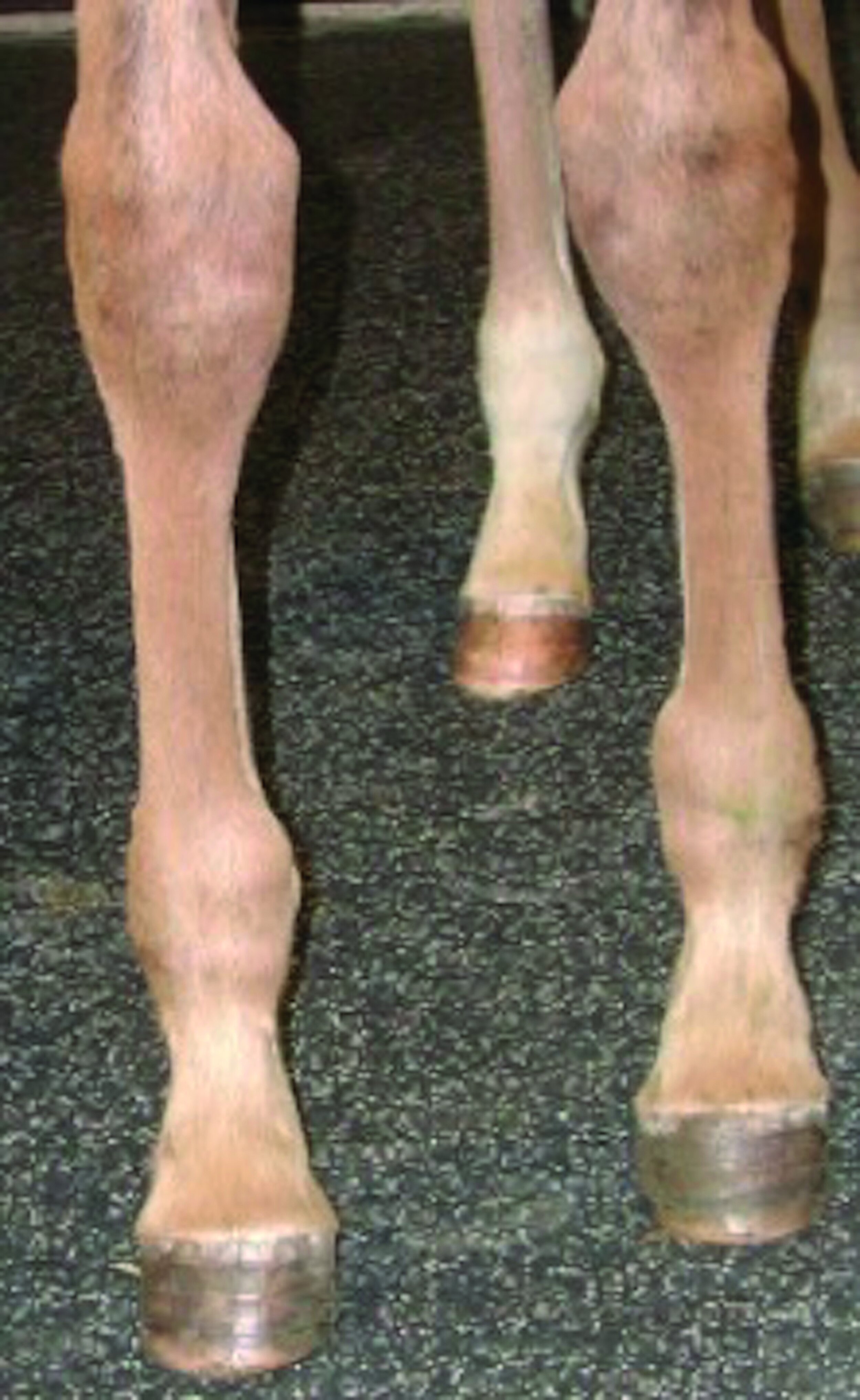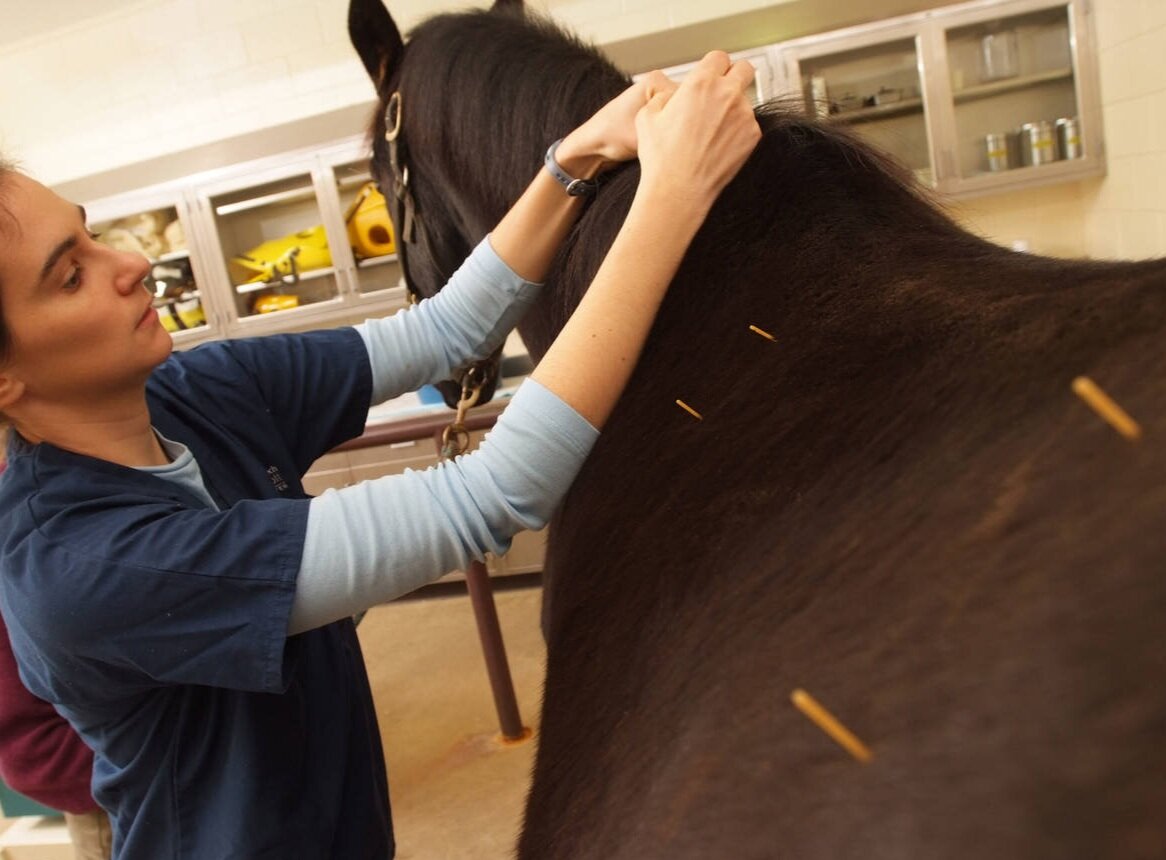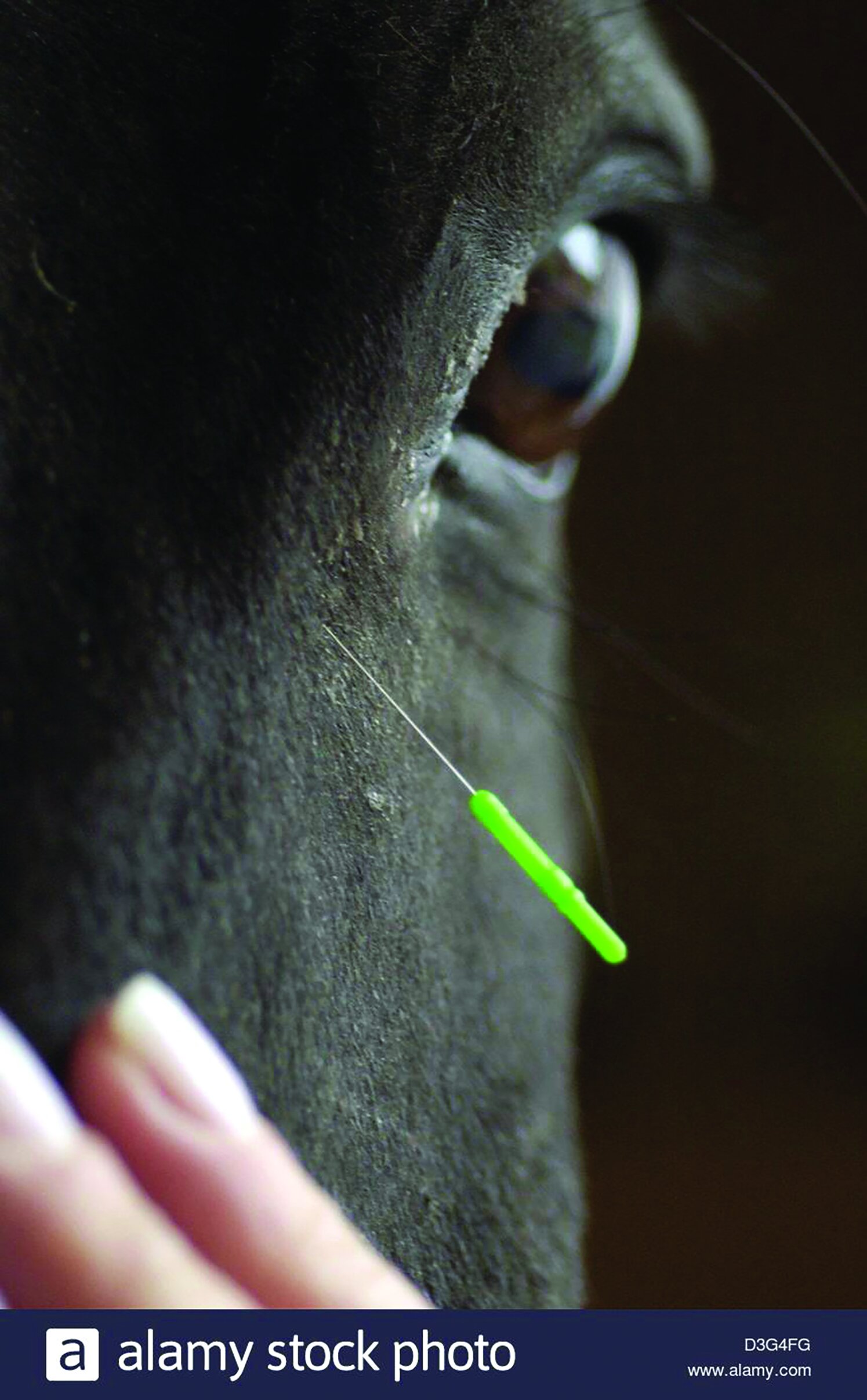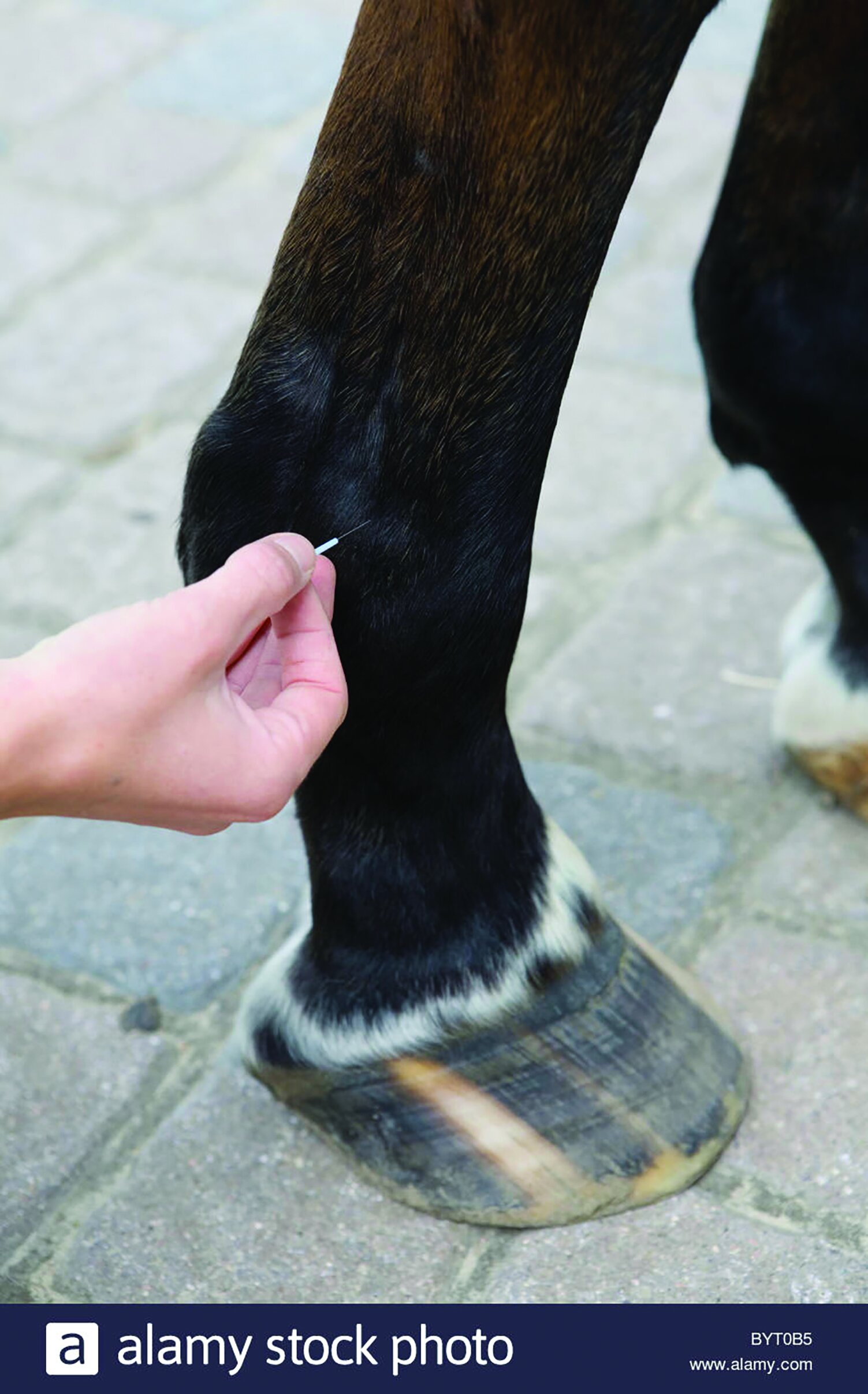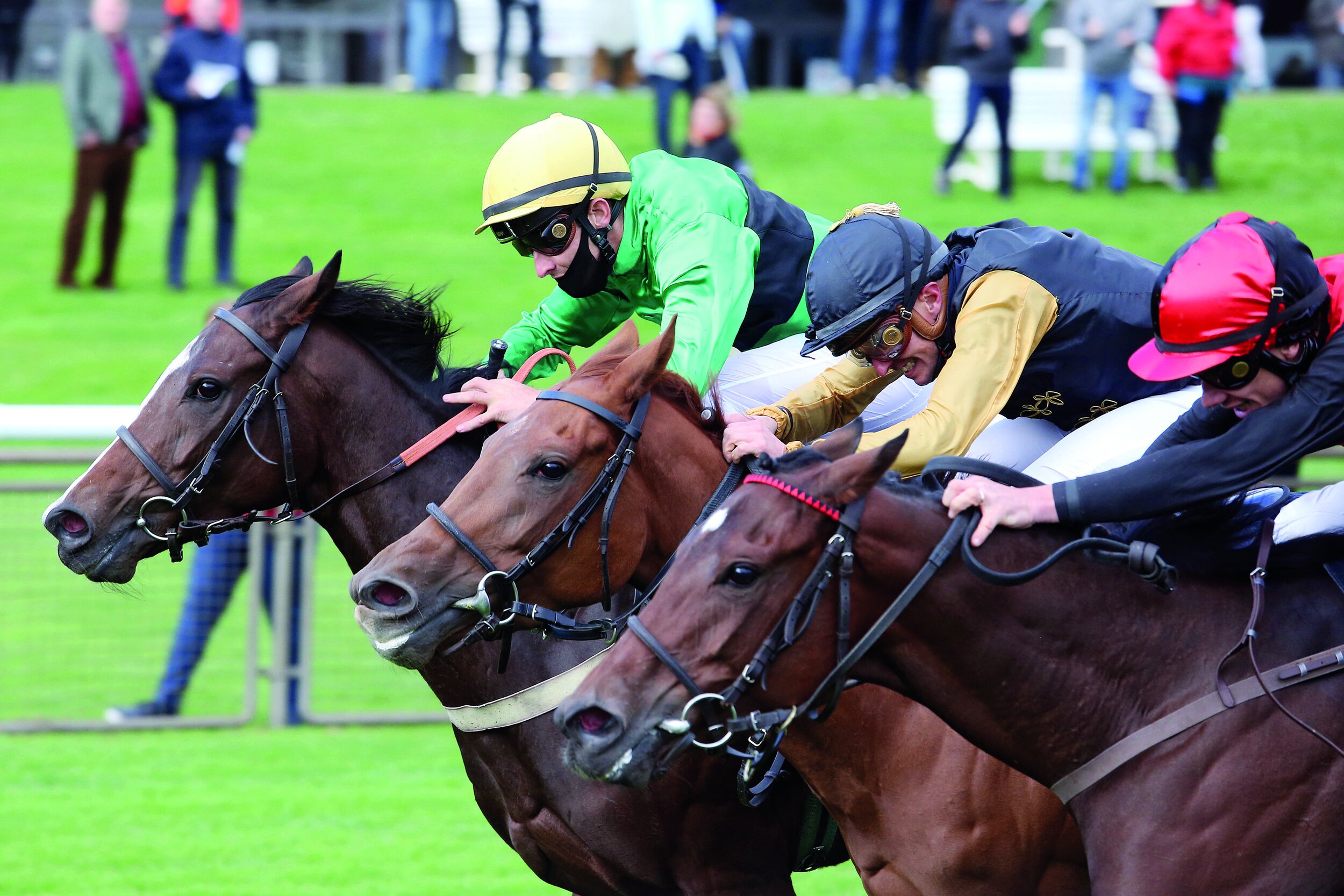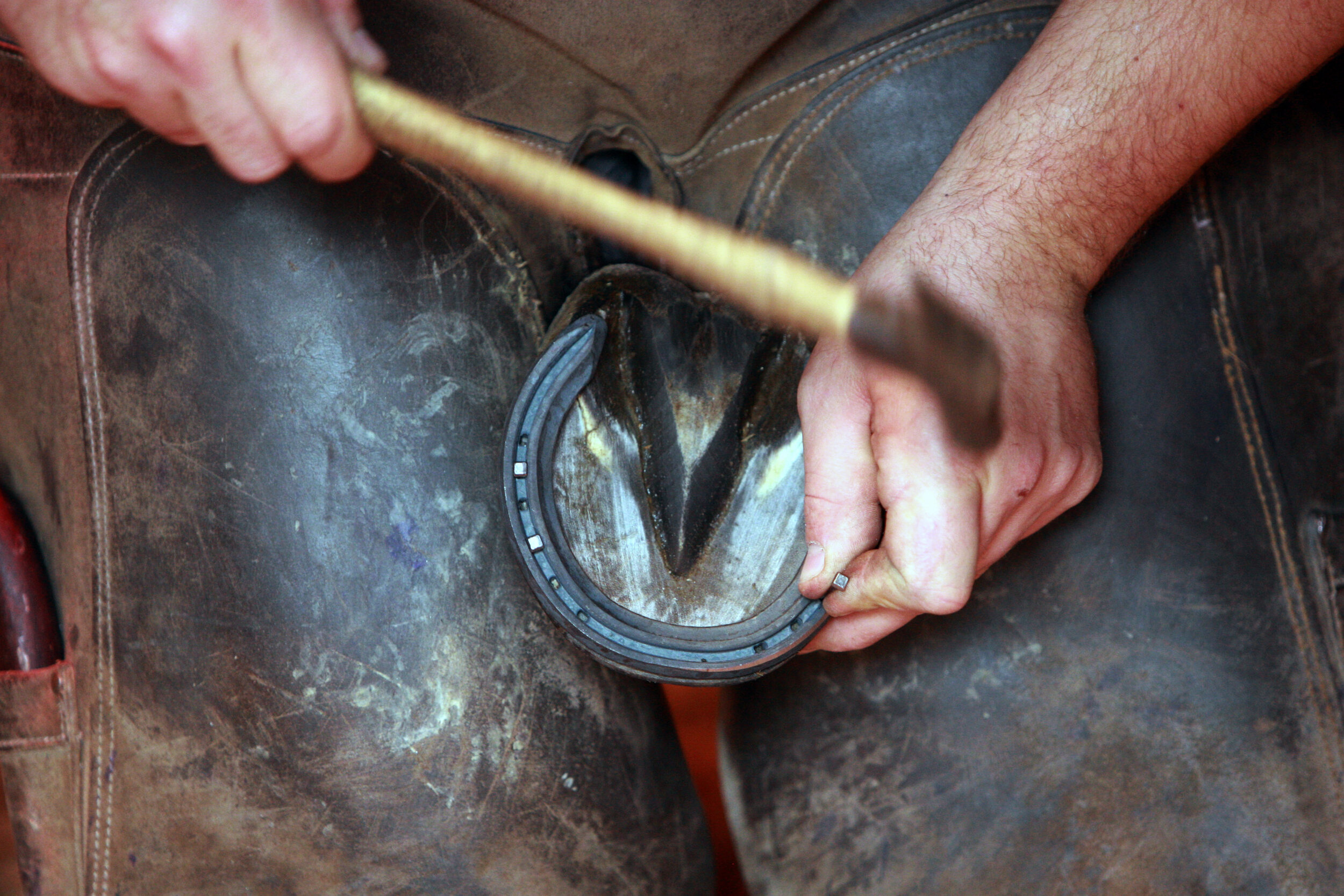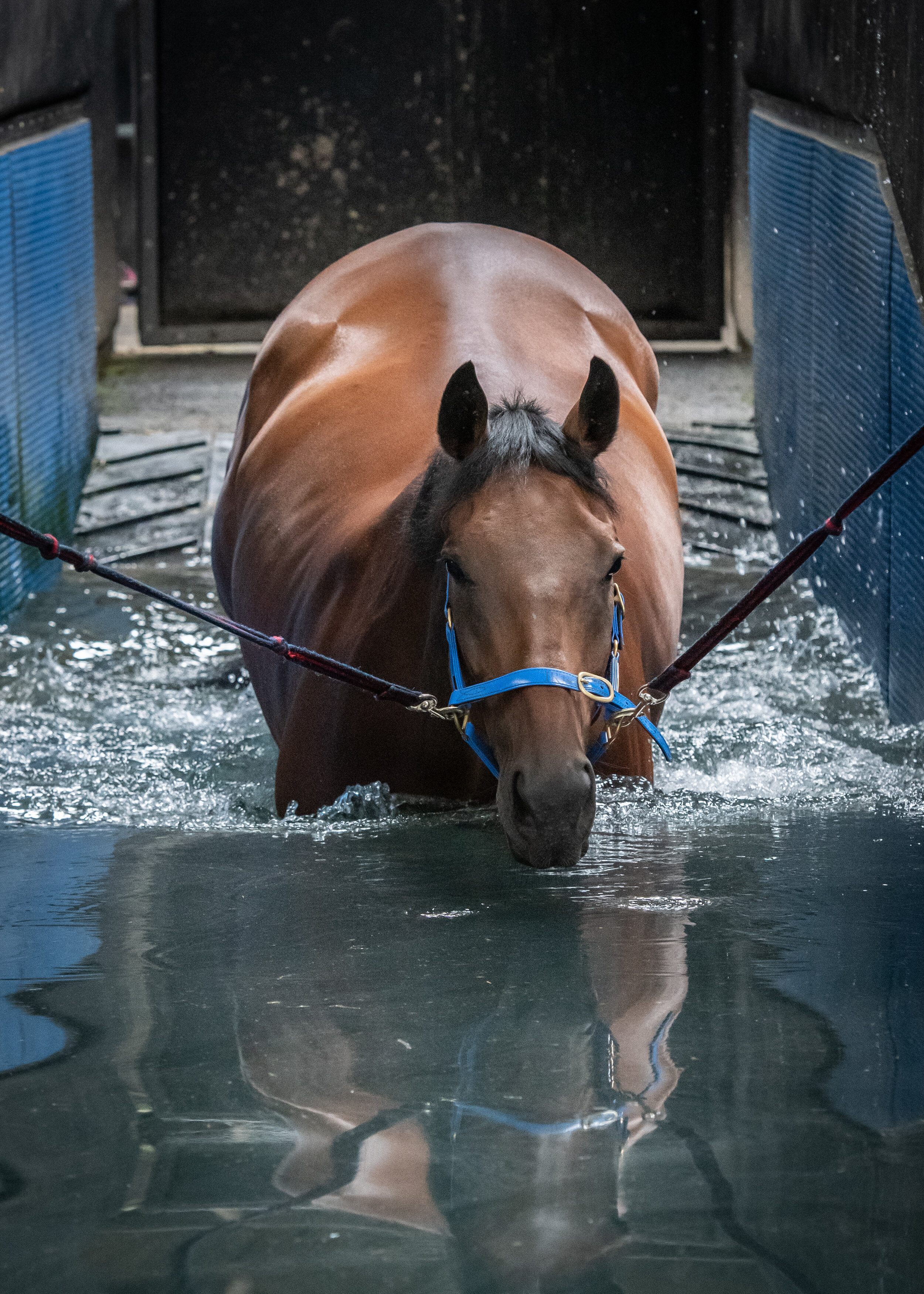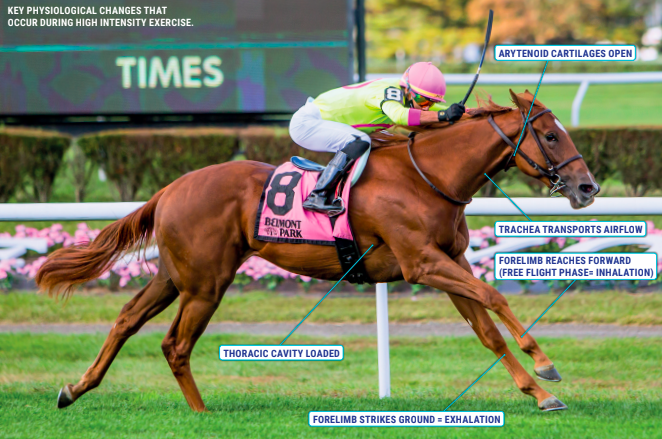International Codes of Practice on equine disease for 2023
/Article by Victoria Colgate and Richard Newton
Horses are one of the most internationally travelled species, second only after humans, and this mobility, both between and within countries, means that the spread of equine infectious diseases is a very real and ever-present threat.
Indeed, infectious disease outbreaks are often related to new arrivals at, or movement of animals on and off premises, such as to competitions and race meetings. As well as having a negative impact on horse health and welfare, disease outbreaks can have further reaching consequences in terms of treatment costs, economic losses due to movement restrictions and an inability to compete, as well as disruption to the breeding schedule, which may have effects in racing in future years. Additionally, restrictions imposed in the face of the diagnosis of certain diseases can prevent the free export of horses between countries, impacting trade and equestrian sport. Infectious diseases are truly trans-boundary, and such a problem necessitates global cooperation and communication, echoing the mantra that ‘prevention is better than cure’.
The origins and evolution of the Codes of Practice
figure 1
In 1977 in Newmarket, UK, there was widespread development of vulval discharge in thoroughbred mares post-covering that adversely affected their fertility and to an extent that caused temporary closure of stallion barns and stud farms. Initially unknown, the cause of this outbreak was later identified as the bacterium Tayorella equigenitalis, the causative agent of contagious equine metritis (CEM) and often referred to as the CEM organism, or CEMO.
The impact on the 1977 breeding season was significant enough for the Horserace Betting Levy Board (HBLB) to consider a serious need to control CEM in future years and in reaction to this, the Codes of Practice (CoP) were created. First developed by HBLB committee discussion in the summer of 1977 and then formally published in 1978, the HBLB CoP outlined swabbing protocols in the weeks prior to covering in an attempt to prevent the venereal transmission of CEM.
Despite the perceived draconian nature of these first codes, compliance was high and overall were highly successful—with CEM cases drastically falling following their introduction. In subsequent years, the CEM CoP was extended to include control measures on reproductive disease caused by the other venereal bacterial pathogens: Klebsiella pneumoniae (capsule types 1, 2 and 5) and Pseudomonas aeruginosa. Codes on the prevention and management of equine herpesvirus-1 (EHV-1) and equine viral arteritis (EVA) were also added following disease outbreaks of significant concern to the thoroughbred breeding industry in subsequent years.
Today the CoP are referred to as the ‘HBLB International Codes of Practice’, with the 2020 CoP being the inaugural internationally branded edition and representing a comprehensive manual outlining a series of voluntary standards (codes) and advisories (guidelines), with accompanying appendices. They are intended to assist breeders, trainers and horse owners (in collaboration with their veterinary surgeons) to control and prevent a range of important infectious diseases in equids. The CoP have a broad application among thoroughbred breeders; and the UK, Ireland, France, Germany and Italy are all signatories. Additionally, in a translated form, they have formed the basis of written equine infectious disease advice in many other countries. The initial reduction and then sustained maintenance of low levels of infectious disease outbreaks experienced after the CoP’s introduction is testament to the document’s effectiveness and importance.
The HBLB International Codes of Practice for the 2023 breeding season
The CoP are reviewed annually by a group of international veterinary breeding and infectious disease experts and stakeholder representatives. This review ensures that all advice is as current as possible regarding the latest scientific evidence and global disease situation. The CoP convey practical recommendations gained considering recent experiences with the occurrence and control of relevant outbreaks.
The 2023 edition of ‘The CoP Manual’ (title cover, above Fig 1 and table of contents, below Fig 2) comprises:
figure 2
Six Codes on the following diseases: CEM (covering CEMO, Klebsiella pneumoniae and Pseudomonas aeruginosa), EVA, EHV-1, equine coital exanthema (ECE, caused by EHV-3), equine infectious anaemia (EIA) and dourine
Five Guidelines on equine influenza (EI), piroplasmosis, strangles, West Nile Fever (WNF) and artificial insemination (AI)
Eleven Appendices with a range of supporting information and guidance
The CoP are published on the HBLB website (https://codes.hblb.org.uk/); a PDF download (https://codes.hblb.org.uk/downloads/2023/Codes%20of%20Practice%202023.pdf) is also available. In Great Britain, the Thoroughbred Breeders Association (TBA) produces a spiral-bound printed hard copy for its members.
The CoP outline each disease sequentially, using a standardised format of sections which include information on notification procedures, clinical signs, transmission, prevention, diagnosis, control, treatment, freedom from disease and export requirements. It is a document that continues to evolve over time in terms of both the diseases included and the expert advice imparted.
Why ‘codes’ and ‘guidelines’?
Although the logic behind the distinction as to why specific diseases in the CoP are covered by a guideline rather than a code is not necessarily immediately initiative. It is worth remembering that a Code of Practice may be defined as ‘A documented set of recommended or preferred processes, actions or organisational structures to be applied in a given setting’, whereas a guideline is: ‘A general rule, principle or piece of advice’. Therefore, the diseases applied as codes are those that directly relate to, and have an impact on, breeding and that necessitate particular actions either to prevent or control disease, should they occur. The guidelines, in contrast, are merely advisory measures to those involved in thoroughbred breeding businesses, but cover diseases and practices that are also highly applicable to other populations of horses. The remainder of the article outlines several of the important codes and guidelines.
Strangles
Strangles, caused by the bacterium Streptococcus equi, is a disease affecting the lymph nodes of the upper respiratory tract. Although endemic within the UK horse population, it only occasionally affects thoroughbred stud farms. Accordingly, it was first included in the CoP as an advisory guideline in 2004 and has since been periodically updated in line with developments in diagnostic testing and vaccination. Due to the ability of Streptococcus equi to develop persistent infection, remaining within material (pus/chondroids) in the guttural pouches long after resolution of clinical signs, one of the key elements in prevention and control is identification and treatment of these carrier animals. This involves performing guttural pouch endoscopy and lavage of strangles cases around 30 days after clinical recovery from infection, and also of any new arrivals at a premises during the quarantine period, before they are allowed to mix with the resident herd.
Equine infectious anaemia (EIA)
figure 3
EIA, also known as swamp fever, is caused by the equine infectious anaemia virus (EIAV) and is transmitted between horses by the transfer of infected blood, either by insect vectors or contaminated veterinary equipment or through administration of infected blood products (e.g., plasma or whole blood transfusion). It is found in thoroughbred and non-thoroughbred populations worldwide, including parts of mainland Europe; but it is currently not present in Great Britain, where any suspicion of disease is notifiable by law to the Animal and Plant Health Agency (APHA) and would result in compulsory slaughter of the affected animal. Following an outbreak in Ireland in 2006, a CoP for EIA was developed by Defra in the UK in August that year and was included as an addendum for the 2007 breeding season (Figure 3) and subsequently as a full code from 2008 onwards. EIA has been included as a full CoP since 2008, and it recommends pre-breeding testing of all mares and stallions prior to commencement of the covering season as the best way to establish and maintain freedom from infection.
Dourine
A new code on dourine was added in 2012, following its re-identification in Sicily and the Italian mainland during 2011, which necessitated pre-import screening of horses arriving from this area. A notifiable venereal disease caused by the protozoan parasite Trypansoma equiperdum, once widespread, had largely undergone eradication and of late had only been reported in Asia, Africa, South America, Eastern Europe, Mexico and Russia. There is no cure for dourine, and euthanasia is usually the advised treatment option on the grounds of animal welfare and population health. As investigations into the 2011 Italian outbreak indicated subclinical seropositivity to dourine in many regions of Italy, it was evident that the disease was closer to our shores than anticipated. That led to its addition to the CoP in order to keep all owners/breeders informed and appropriately advised.
Equine influenza (EI)
EI was added to the CoP in 2020 as an advisory guideline following the 2019 European epidemic, which saw a major outbreak in the UK (Figure 4), including cases of clinical disease in vaccinated thoroughbreds. This led to the cancellation of British horseracing for six days in February 2019 as a pre-emptive control measure, but still at significant economic cost to the industry.
Figure 4
Although clinical EI is usually fairly mild and self-limiting, the resulting damage to the respiratory epithelium can impact performance for up to six months and leaves the horse vulnerable to secondary bacterial infections and potential pneumonia. Appropriate vaccination, biosecurity protocols and effective quarantining of new arrivals are outlined in the Code as the cornerstone to EI control. With such a highly contagious virus capable of spreading over large distances and with great speed, especially in the immunologically naïve, awareness and prevention are key.
West Nile fever (WNF)
WNF, caused by West Nile virus (WNV), is an infectious but non-contagious disease transmitted through the bite of an infected mosquito. Although the natural host-vector cycle is between birds and mosquitoes, horses and indeed humans can become infected but act as so-called incidental or ‘dead-end’ hosts; importantly, not presenting is a risk for onward transmission as there is insufficient WNV in their bloodstream. Many horses infected with WNV remain without signs, but approximately 10% will develop neurological disease, which can be fatal. Historically confined to Africa and the East, it entered North America in 1999 leading to widespread infection with many equine and human fatalities. Since then it has become endemic in the USA and continues to spread further into northern Europe as climate change alters vector habitats and life cycles. After the development of equine cases in Germany in 2018 and evidence of human and bird cases in the Netherlands in 2020, WNV was considered to pose an increasing threat to the UK horse population, especially animals that travelled overseas for competition and breeding purposes. WNF was therefore added as a guideline to the CoP in 2021.
Piroplasmosis
The latest disease addition to the CoP was an advisory guideline on piroplasmosis in 2022, following concern that the disease was becoming increasingly important among the international equine population. Piroplasmosis is a tick-borne disease caused by the intracellular parasites Babesia caballi and Theileria equi. Although the UK is currently considered to be free from locally acquired endemic disease (referred to as ‘autochthonous’), cases have occasionally been confirmed in the UK and are endemic in other European countries. With no formal requirements for pre-import screening, infection could re-enter the UK through importation of infected horses. The code gives informative background information to raise awareness among thoroughbred breeders and owners/keepers of other horse populations.
Improving accessibility and applicability of the CoP
Another way in which the CoP have more recently evolved is through the mechanisms of delivery to stakeholders. In July 2016, the accessibility and reach of the CoP took a further leap with the generation of the smartphone EquiBioSafe app (https://play.google.com/store/apps/details?id=com.veterinaryadvances.android.equibiosafe&hl=en_GB&gl=US&pli=1). With the HBLB Codes of Practice and National Trainers Federation Codes of Practice précised into key elements for the control and prevention of infectious diseases, the app allows interactive and stable-side access to advice, as well as assisting trainers to comply with sporting authority vaccine regulations and disease notification procedures. With the ability to send emergency notifications in the event of heightened disease threats in a particular area, the app provides real-time relevant information to assist with implementation of proactive biosecurity measures. This helps safeguard horse health and the socioeconomic livelihoods of all those involved in equestrian sport. Like the CoP, the EquiBiosafe app has mainly been targeted to a European audience, but downloads recorded from North America, Asia and Latin America demonstrate its international application.
The HBLB International Codes of Practice act as broad, minimum requirement recommendations for the identification, treatment, prevention and control of a range of important equine infectious diseases—equally relevant across international borders and from pleasure to elite competition horses. They are also dynamic, evolving over time in line with the ever-changing disease situation, and therefore acting as a vital education and reference resource to all those involved in the equestrian industry. They form a user-friendly instruction manual of exactly ‘how (not) to’ allow infectious diseases to fulfil their devastating potential.







